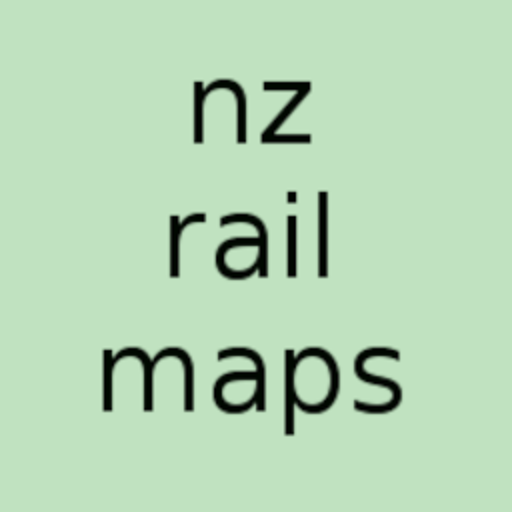In the New Zealand Rail Maps project, from time to time field testing is performed of various produced forms of the maps and this has led to some valuable improvements being made into aspects of the project. An example is in 2018, field testing was done with the offline version of the Volume 5 maps (PNGL), which at that time was only PDF format, this was a road trip from Wellington to Gisborne and return. Result was the static image based format (now found in the Volumes website) was redesigned to make it easy to swipe through an album of map images on a handheld device, and arrows were drawn onto each map image to make navigation intuitive.
This year the opportunity arose to field test the various formats especially webmap or mbtiles based format with a return trip on the Coastal Pacific passenger train on February 24. This train runs alongside SH1 for much of its journey and as therefore accordingly there would be cellphone coverage nearly all the way, the webmaps online were used wherever possible, with static volumes as a backup option. These options were manually integrated with a handheld GPS that was loaded with a GPX file generated from the Volume 10 locations layer. On the outward journey, due to some unforeseen issue with location within the train carriage on the eastern side of the corridor, the GPS was unable to lock onto any satellites and so was unusable for the entire segment. The return part of the excursion positioned on the western side of the train went much better from this perspective and a full track was recorded apart from the tunnels where naturally signal was lost. The main function intended to be achieved with the GPS was to follow the track along the map route created by the location markers GPX file and this worked extremely well allowing particular locations along the route to be pinpointed very accurately.
When it comes to offline options for webmaps to be viewed on a handheld device such as a phone or tablet there are two possibilities. The first that was investigated was an app that could open the mbtiles files, this unfortunately proved to be unworkable as issues could not be resolved in time before the test. The second idea was to have a local web server that could provide the data in the web browser simulating the online experience. This is difficult to do on Android so it would be preferable to have a Windows or Linux tablet, definitely the latter is the best because the LAMP solution is Linux-native and there is very little in the way of free alternatives for Windows. This option will therefore not be pursued further at the present time, especially as the offline static volume maps proved to be very satisfactory with the handheld GPS, the main difficulty to be overcome being getting them to scroll the right way when swiping across the device’s screen, which will be investigated and tested further in the near future.
